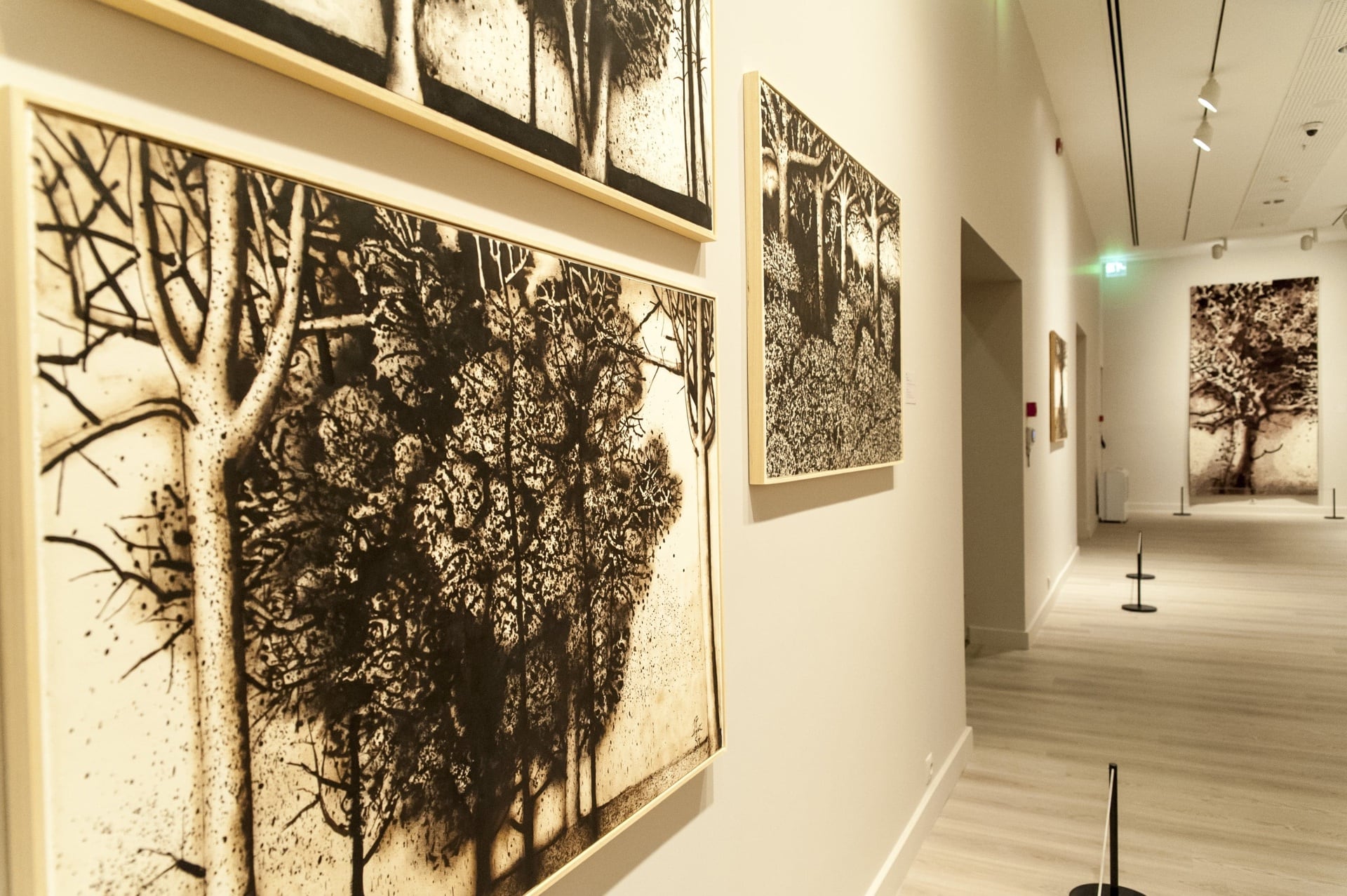Director: Claude Chabrol
Cast: Isabelle Huppert, François Cluzet, Marie Trintignant
France, 103’, 1988, color
French with Turkish subtitles
Marie Latour (Isabelle Huppert) wants to be a singer, but she is a woman struggling against poverty in war-torn France, with two children to feed and a husband away fighting. When a neighbor becomes pregnant, Marie performs an abortion and is rewarded for her services with a Victrola. It's a small step from the Victrola to an income, and Marie finds that she likes to live comfortably and feed her children well. Her husband Paul (Francois Cluzet) returns and attempts to coerce her into being the type of wife he imagines he wants, but Marie insists on running things her way, and her husband is relegated to the role he imagined for her. She finds contentment in her power (merely the power to be herself and pursue her desires), but things are terribly out of balance in the world she was born into and eventually revenge is exacted. Claude Chabrol (Madame Bovary) has created a remarkably complex and poignant film about a very complex subject: the true story of the last woman to be executed in France by guillotine.

Among the most interesting themes in the oeuvre of Prassinos are cypresses, trees, and Turkish landscapes. The cypress woods in Üsküdar he saw every time he stepped out on the terrace of their house in İstanbul or the trees in Petits Champs must have been strong images of childhood for Prassinos.
Tuesday - Saturday 10:00 - 19:00
Friday 10:00 - 22:00
Sunday 12:00 - 18:00
The museum is closed on Mondays.
On Wednesdays, the students can
visit the museum free of admission.
Full ticket: 300 TL
Discounted: 150 TL
Groups: 200 TL (minimum 10 people)